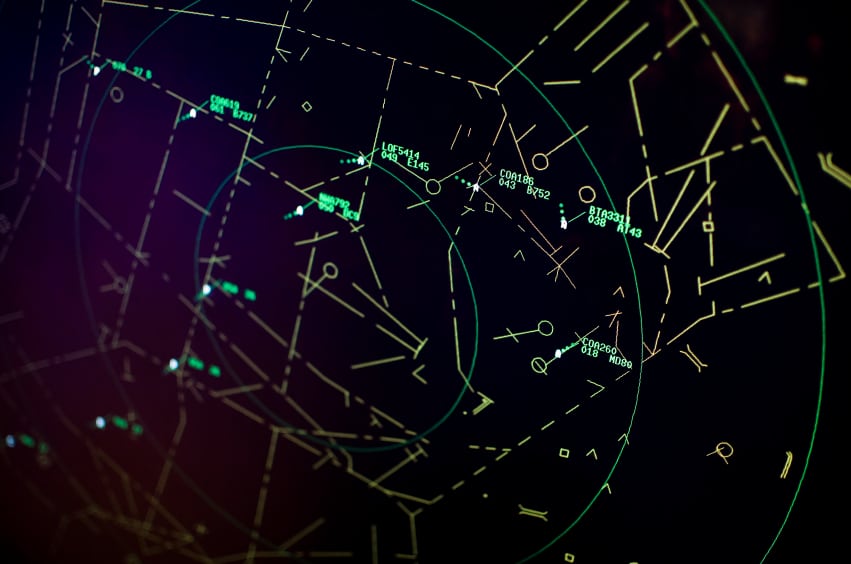
File photo
BAE Systems is developing machine learning algorithms aimed at deciphering radio-frequency signals for the U.S. Defense Advanced Research Projects Agency (DARPA) under a contract worth up to $9.2 million.
Part of DARPA’s radio frequency machine learning system (RFMLS) program, the phase one contract is focused on differentiating signals and picking out important ones from the unimportant, particularly in signal-dense areas. A potential phase two contract would focus on making these algorithms run in real time, according to BAE Systems RFMLS Principal Investigator Scott Kuzbeda.
“The inability to uniquely identify signals in an environment creates operational risk due to the lack of situational awareness, inability to target threats and vulnerability of communications to malicious attack,” said Dr. John Hogan, BAE Systems’ director of the sensor processing and exploitation product line. “Our goal for the RFMLS program is to create algorithms that will enable a whole new level of understanding of the RF spectrum so users can identify and react to any signals that could be putting them in harm’s way.”
Initial work on phase one began in June, according to Kuzbeda, and completes with independent government testing in May 2019. If awarded, the second phase of the R&D focused on real-time deployment would last one year following that.
This isn’t BAE’s first work for DARPA in the realm of radio signals or electronic warfare. The company has previously worked on both DARPA’s communications under extreme RF spectrum conditions (CommEX) and adaptive radar countermeasures (ARC) programs.